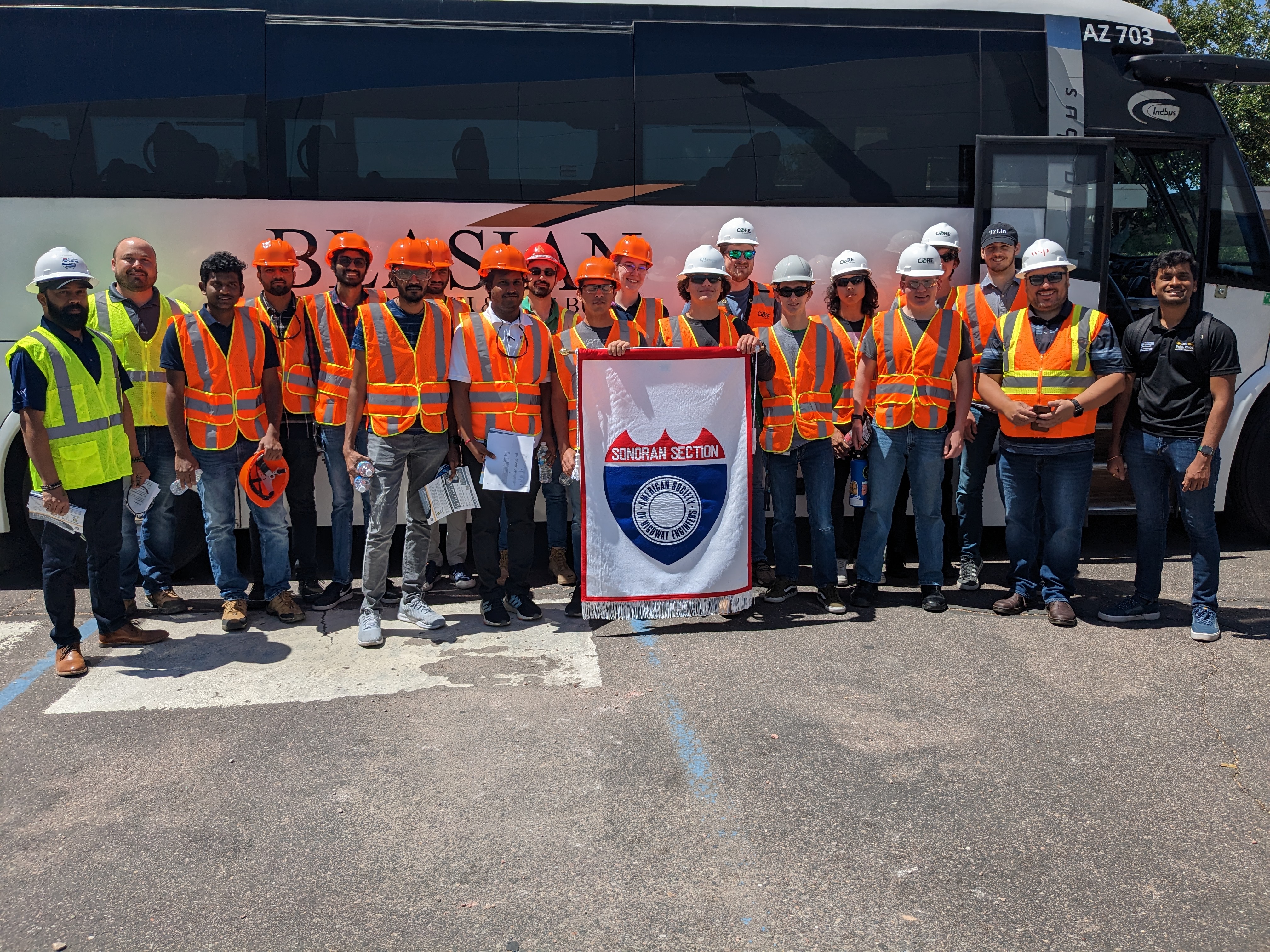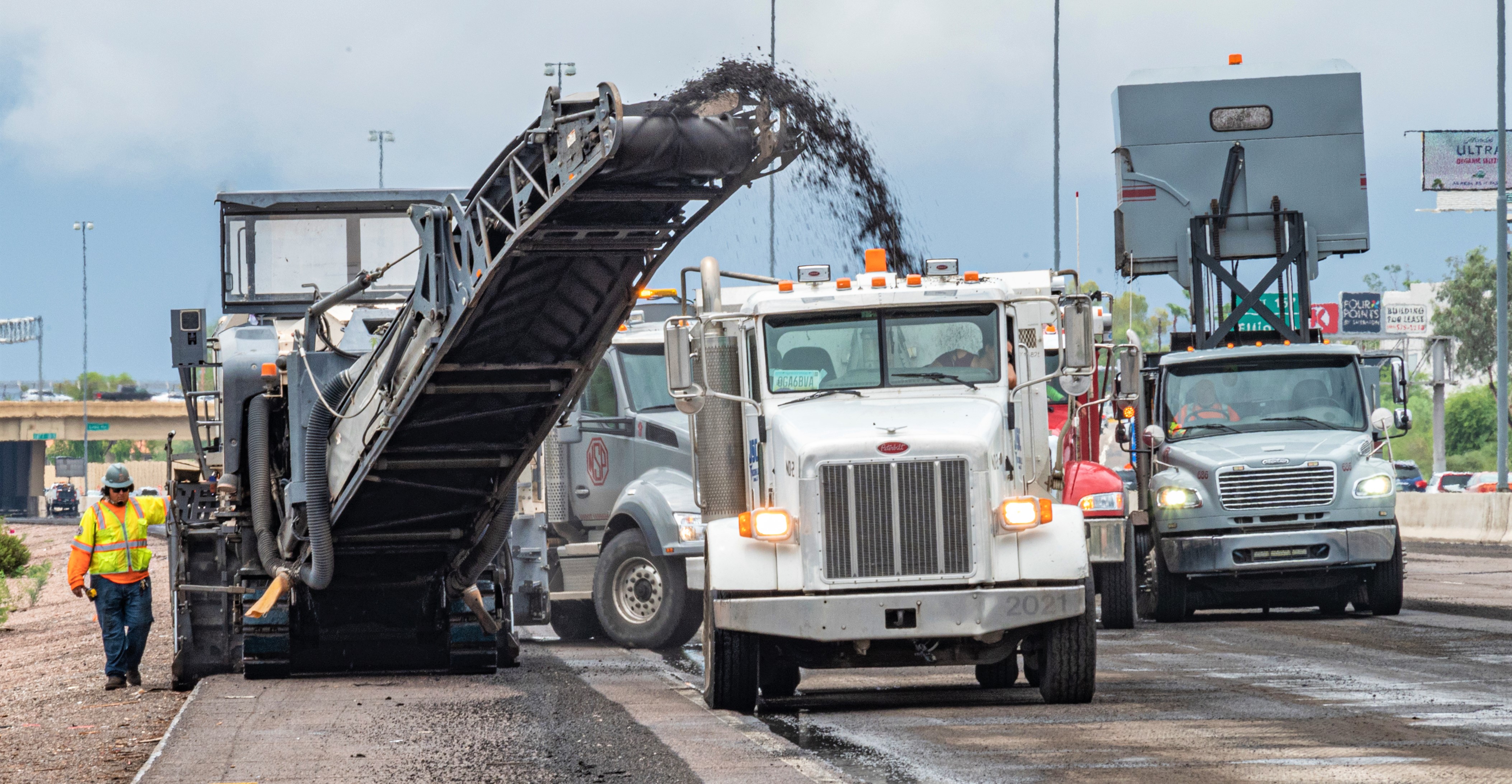“Ready to Rubble” sparks interest in transportation, engineering
“Ready to Rubble” sparks interest in transportation, engineering
“Ready to Rubble” sparks interest in transportation, engineering
“Ready to Rubble” sparks interest in transportation, engineering

We came, we saw, we rubbled!
The April 22-23 “Ready to Rubble” event wrapped up another major milestone for the I-10 Broadway Curve Improvement Project—the removal of the old 48th Street and Broadway Road bridges over Interstate 10. This milestone generated a great deal of interest from all over the Valley.
Of all those in attendance, one particular group of spectators brought a youthful energy to the event. Students from the University of Arizona, Arizona State University and Peoria’s MET Professional Academy were on hand to see the removal process. After the event, many of them said they were excited to see how rewarding a career in engineering might be–some even suggested that working for the Arizona Department of Transportation would be a great experience.
Sofia Iliev, a sophomore at the University of Arizona, went on the 60-minute tour to see the removal process of the 48th Street and Broadway Road bridges. Students and guests boarded buses and toured the work site, seeing all the shearing and hammering from a safe distance. Iliev said she has visited other sites, but nothing compared to the scale and scope of the I-10 Broadway Curve Improvement Project.
“I have seen bridges go up. It’s cool to see them come down,” Iliev said. “I have always been good with building things with my hands, going back to when I built Legos. This is why I’m interested in a career in engineering. Working for an agency like ADOT would be cool.”
Robert Samour, ADOT's Senior Deputy State Engineer for Major Projects said he was happy with the success of the tours.
“I’m glad that students got to see and share the experience of some of the great things happening at ADOT in terms of engineering and the delivery of a major project,” Samour said.
Arizona State University junior Chad Stark said he was looking forward to graduating in 2024 and seeing the completion of the I-10 Broadway Curve Improvement Project, which is scheduled to be finished that same year. He added that talking to ADOT engineering professionals was a “breath of fresh air.”
“It’s good to see that these [professionals] have an interest and passion for the job they have,” Stark said. “I’m excited about it. You spend all this time taking classes like Calculus… now we are at the point where we can start seeing this stuff in action.”



